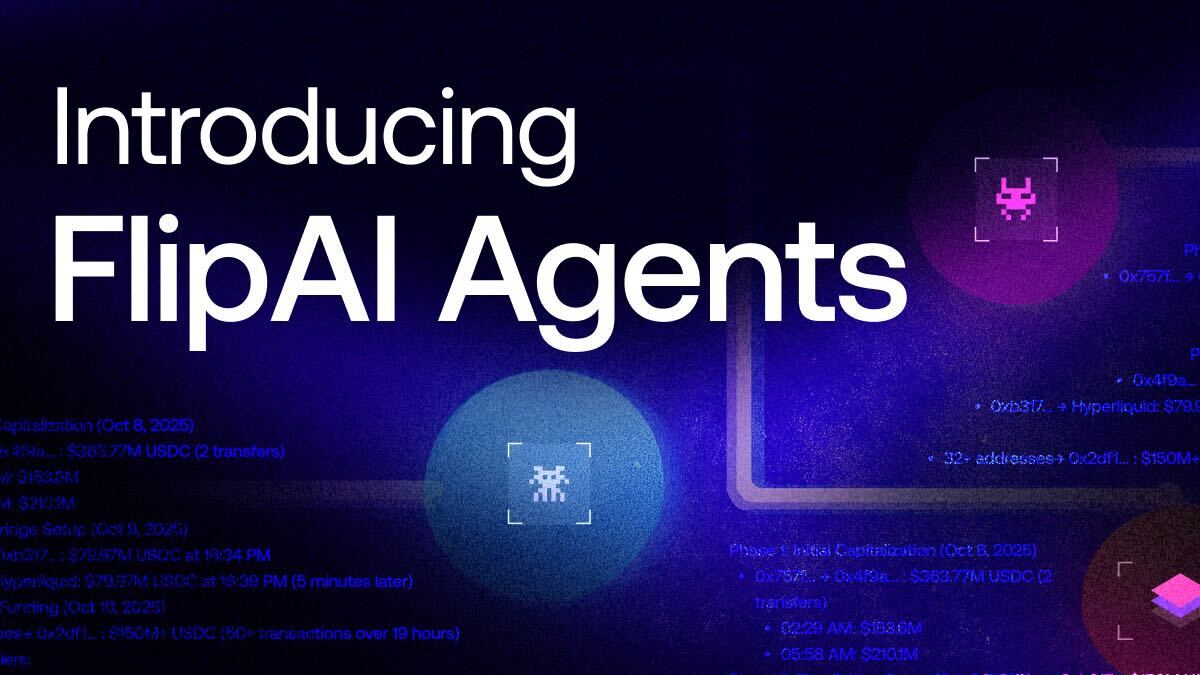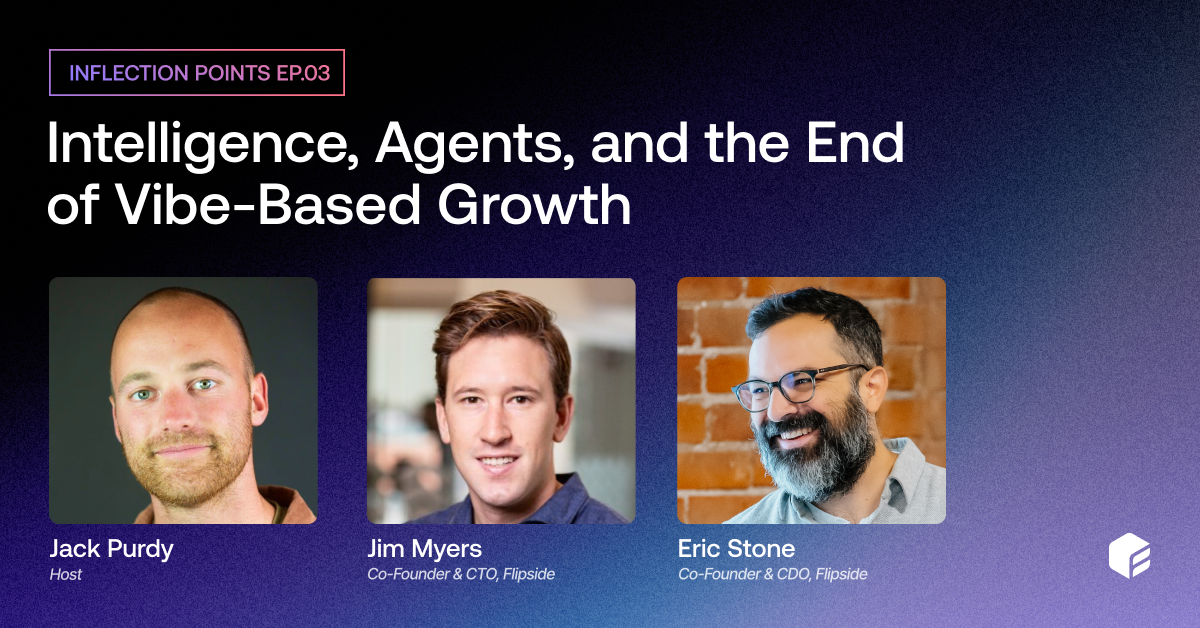How to Measure Crypto Adoption: Webinar Recap

A deep understanding of adoption metrics is crucial for anyone looking to navigate the crypto space effectively.
Our latest community webinar, How to Use Data to Measure Crypto Adoption, provides a deep dive into metrics and methodologies for analyzing the adoption of apps, chains, and web3 products.
This article combines insights from the webinar, offering a holistic view of the crypto adoption landscape. Watch the webinar recording here.
Understanding the Metrics of Adoption
Adoption in the crypto space extends far beyond token price and market capitalization. As Flipside’s GJ Flannery put it, you need to "be really clear about what metrics you're defining and how you're defining them... make sure that you're comparing apples to apples.”
The importance of a standardized approach to measuring user engagement, developer activity, and network growth can’t be overstated. Let’s look at a few common adoption metrics:
User Engagement
The term ‘engagement’ frequently surfaces in discussions about blockchain adoption, and is often measured in 'active wallets'. However, it’s rarely defined the same way - a nuance that should be carefully clarified to make a compelling case.
What constitutes regular activity, and in what period? How recent must a wallet have been active, and are any types of activity excluded to account for/distinguish from bot behavior?
The “correct” answers depend on what you’re looking to understand in your analysis. It’s also important to create a holistic picture from several related metrics. For example, when analyzing user engagement, you might compare daily and monthly active users, transaction volumes, and the diversity of interactions across dapps to gauge true engagement.
Developer Activity
Code commits are a key indicator of a project's health. The webinar shed light on the significance of smart contract deployments and updates, which allow you to compare activity within an ecosystem and between ecosystems.
This comparison allows stakeholders to assess the vibrancy of a chain or project and its potential for future innovation.
Again, the importance of a holistic approach can’t be stressed enough.
Tokenomics
A project's token distribution and price action can reveal much about its economic stability. We discussed the challenges of comparing ecosystems with different fee structures, asking, "What is the proper way to compare health and adoption between... Ethereum mainnet, for example, and a Solana, Avalanche, Polygon, or Near where transaction fees are so low?"
To understand the relative performance of a token, it must be analyzed in the context of its role in the ecosystem, that ecosystem’s health and activity, and other news and trends.
The Role of Data in Decision-Making
Comprehensive data analysis is fundamental for making informed decisions. A holistic, well-rounded analysis is the foundation for understanding a project or ecosystem and increasing the chances of success in whatever ends you apply analysis to.
Conclusion: The Path Forward
The insights from the webinar are clear: a thorough understanding of crypto adoption requires a deep dive into the data. By standardizing metrics and employing rigorous analysis, stakeholders can make better-informed decisions.
The webinar covered tools and methodologies with practical steps you can take to measure crypto adoption using onchain data.
Watch it here.
For free access to the industry’s most comprehensive onchain data, visit https://flipsidecrypto.xyz/.
—







